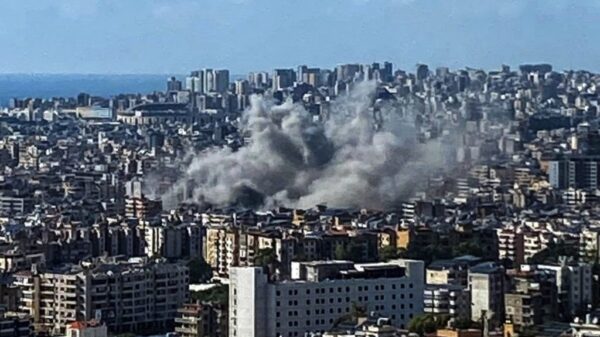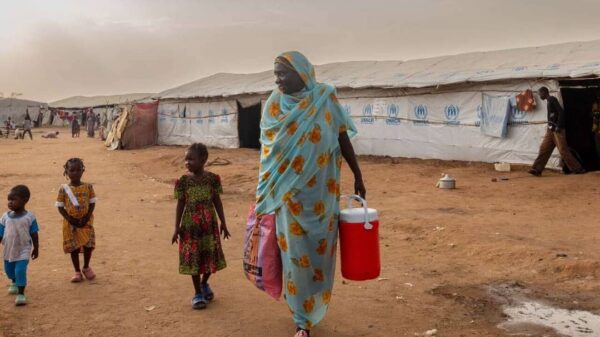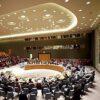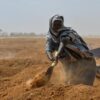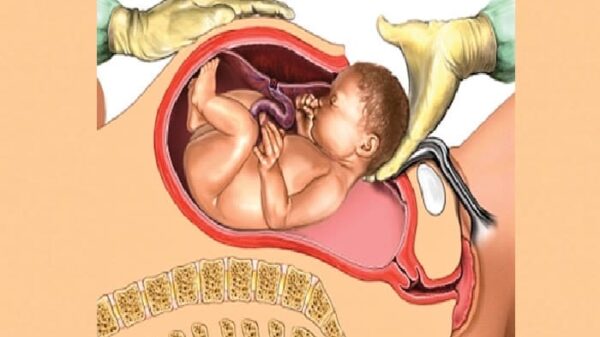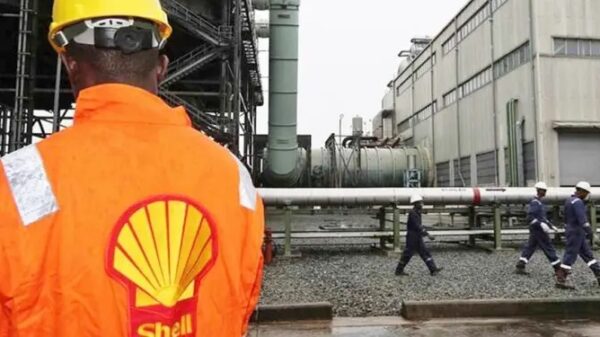KINSHASA — April 8, 2025 | African Perceptions
In a chilling repetition of past disasters, the Congolese capital Kinshasa has once again been submerged by devastating floods, leaving at least 33 people dead and hundreds displaced. Torrential rains caused the Ndjili River to overflow, drowning entire neighborhoods under murky water and triggering a fresh wave of grief and despair.
“We lost everything,” says Marie Nzola, a mother of three.
Standing near what remains of her home, her voice trembles as she recounts the moment floodwaters engulfed her life in the middle of the night.
In the muddy chaos, Clement Matuidi, a local construction worker, sits atop a plank floating in the street. “Everything is gone. We are just waiting for the government to decide what happens next,” he says.
Infrastructure Crumbles as the City Suffers
At least 16 neighborhoods have lost access to water and electricity, and major roads—including the one leading to the international airport—have collapsed. The national Route 1 was entirely shut down, isolating families and halting traffic for hours.
Authorities are working to reopen roads within 72 hours, and four emergency shelters have been established across the city. But needs are overwhelming.
Climate Change, Urban Chaos Behind the Crisis
Kinshasa’s aging infrastructure and uncontrolled urban expansion have once again proven deadly. Unregulated construction in flood-prone areas significantly contributed to the death toll. The city’s governor warned of possible future evacuations, blaming illegal housing for several deaths.
Experts also point to climate change and human interference with natural waterways as accelerating factors in the increasing frequency of such disasters.
“We need more than food and tents”
Civil society groups are urging both the government and international partners to move beyond emergency responses.
“This is not just a humanitarian emergency—it’s a structural failure. We need long-term solutions,” one volunteer said from a shelter in northern Kinshasa.




